Others
10 Customer Segmentation Examples to Scale B2B Revenues
Article written by Kate Williams
Product Marketing Manager at SurveySparrow
15 min read
19 September 2025

Need some real-world customer segmentation examples to better market and grow your B2B business? In this article, we’ll cover:
- The B2B customer segmentation definition
- 10 B2B customer segmentation examples
- Challenges involved in B2B customer segmentation
- Benefits and importance of B2B customer segmentation
- Best practices for conducting B2B customer segmentation
What is B2B Customer Segmentation?
The customer segmentation definition is dividing customers into different segments based on shared characteristics. By segmenting your prospective customers, you can offer them the right kind of content and marketing strategies as you will understand their needs, behaviors, motivations, and purchasing triggers.
“If you are not thinking segments, you’re not thinking.”
– Theodore Levitt, one of marketing’s founding fathers.
10 B2B Customer Segmentation Examples
Let us look at some of the top B2B customer segmentation examples that will help businesses to increase their output.
- Firmographics
- Tier
- Need
- Customer Sophistication
- Behavior
- Key Accounts
- Organization
- Decision-Makers
- Profitability
- Jobs-To-Be-Done
Customer Segmentation Examples #1: By Firmographics
B2B marketers use firmographics in the same way B2C marketers employ demographic data. Firmographics segmentation is all about segmenting your B2B customers based on shared qualities. The groups are divided into aspects such as business size, company location, technologies used by the customers, and so on.
- Firmographic data is easy and inexpensive to collect.
- It works perfectly for top-of-the-funnel leads. Campaigns that are implemented to pass information will be the best use of firmographics segmentation.
- The data from here can also be easily transferred to the sales and marketing team, who can immediately put it to use.
- But the only downside is that the firmographics data by itself does not allow you to draw a lot of insights.
B2B segmentation needs to be a bit more tactful than just assuming that a two-year-old startup might be looking for a product similar to yours just because the other customers in the segment were looking for one.
Customer Segmentation Examples #2: By Tier
Tiering your customers is done based on how well they match your business objectives. For example, you can use business tiering based on how well they can afford your premium product how long they would need your product, or how closely they look like your identical customer.
- Tier-based segmentation ranks the prospective customer based on how much value they can bring to the table.
- When you are working with an existing set of customers, demand-generation marketers use tiered segmentation.
- Instead of focusing only on lead generation activities, this segmentation lets you make decisions based on internal data and from other sources.
- This type of segmentation has gotten a boost because of account-based marketing (ABM). With the rise of AI ABM trends, marketers can now refine and automate these segmentation processes more efficiently than ever before.
In ABM, the marketing and sales teams work together to identify the accounts that are most likely to become a customer. They are then directed to personalized content and strategies that will make closing the deal with the account pretty easy. ABM makes you focus on the most important prospects and lets you get the maximum leverage from these accounts. 
Customer Segmentation Examples #3: By Need
It groups different types of B2B customers based on what they need from a product or service. Since it is based on needs and attitudes, it is more subjective than firmographics segmentation.
- Need-based segmentation focuses on your buying motivations.
- It helps you target people who have shared pain points.
- Some of the shared factors are personality traits, personal values and beliefs, motivations, pain points, decision-making criteria when purchasing a product, content interests, and so on.
This approach helps the companies enable sales and marketing teams to develop targeted strategies together.
Customer Segmentation Examples #4: By Customer Sophistication Level
In this type of segmentation, the business’ maturity is considered.
- Instead of looking at a customer’s firmographic information or potential value, you look at the awareness of the problem they face and understand how your problem solves it.
- Using the sophistication-based segmentation method, it is possible to create tailor-made campaigns.
For example, a startup that doesn’t have a lot of customers might not require a full-fledged and expensive CRM tool. Instead, they could use the available free tools. 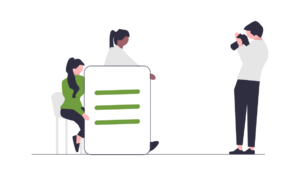
Customer Segmentation Examples #5: By Behavior
Behavioral segmentation is considered a strong complement to tiered segmentation as it helps maximize the value of the account. Behavioral segmentation looks at how your existing customers interact or use your product.
- It will make you see how your customers benefit from your product, and it will also give you an idea of those customers who are more likely to churn.
- Based on how much value your customer is getting from your product, you will know if there are opportunities to cross-sell and upsell. You will know when is the right time to send renewal emails.
- It will tell you whether a customer has shown more interest or has it reduced over time.
Demand-generation marketers will be able to understand the trends and segment the target audience accordingly to send them the right marketing campaigns. Customers who are at risk of leaving your business can be given extra perks to make them stay.
Customer Segmentation Examples #6: By Key Accounts
There is no prize for guessing this: ‘No two business accounts are the same.’ You cannot treat all of them in the same way, nor can you expect that all of them will behave in the same way. In an ideal world, each segment will consist of only one customer, and your activities should be in providing them with the right kind of content and solutions. Have you heard of the Pareto Principle? Leveraging this principle for customer segmentation, this is what you will get: ”20% of your key business accounts will be responsible for 80% of your business success.” It means that 20% of your customer base is your most valuable one. You need to customize your product to cater to the needs of this clientele. They are the ones who give you the most revenue. Using key account management software can help you achieve better results with these customers. You can consider each account as a separate segment and spend more time preparing marketing strategies for them. You can even develop new products just for this 20% because that’s how valuable they are to your bottom line. That’s what key accounts segmentation focuses on. 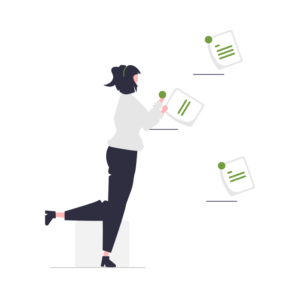
Customer Segmentation Examples #7: By Organization
You can also segment your B2B customers based on the kind of organization they are. Some of the factors that are included in segmentation by the organization are as follows: industry, number of employees, approximate revenue, legal structure, and geography. For example, the solutions that you offer for SMBs and enterprises in the same industry might be different. Since it is firmographic data, this type of information is easy to collect, and it stays the same for a long time. Companies do not change their legal structure or industries that fast. It will take a lot of time and they can come up with the right strategy positioned to address their needs. But the only issue with such an approach is that even companies of the same size and in the same industry might not want the same things. For example, a SaaS-based business might not want to engage the services of an external human resource consultant as they might want to cut costs. But a similar company of the same size might want to do everything by the books and want to work with a proper HR consultant, and they might be a prospective customer for your HR-based tool. If you are targeting only based on the above factors, then the results will be different.
Customer Segmentation Examples #8: By Decision-Makers
There are times when you should target at an individual level rather than at the organization level. For this, you need to identify the different buyer personas based on the individuals who are decision-makers, not just at the organizational level. Segmenting by decision-makers has the same set of pros and cons when you divide it by organization.
- The sales teams can find out the decision-makers in the organization. There are tools like Email Hunter and Snov IO that let you find the email addresses and contacts of these decision-makers.
- The reason why we are using decision-makers to segment the target market is that a decision-maker in Company A might not have the same purchasing decisions similar to that of a decision-maker in Company B.
- If you want to ensure that your messaging and information strategy is on point, then the decision-maker-based segmentation type is a big bonus.
It is easier to communicate with individuals than it is to communicate with organizations. Focusing on individual data provides a lot more fodder for sales and marketing teams to get their job done. If you want to build relevant messaging, decision-maker-type segmentation is crucial. Here are some of the drawbacks of individual-level segmentation:
- There might be a number of decision-makers in a single company. If each of the individuals has different needs, then it is going to be really difficult to create one that will satisfy all of them.
- If you want to educate the audience about the product, then segmentation by decision-makers is not ideal. B2B products are built for the business’ success; providing individual-only data is not going to help.
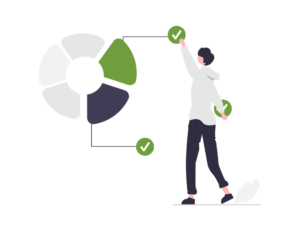
Customer Segmentation Examples #9: By Profitability
One more interesting B2B segmentation is how businesses segment customers based on how well they match the goals of the business. In profitability-based segmentation, here are some of how you can divide the organizations:
- The expected profitability of the targeted account
- The extent of how much they match your sales and marketing strategies
- What are the chances of higher sales opportunities?
- Will they be able to recommend more customers in your direction?
- The expected lifetime customer value of the organization
Segmentation by profitability allows businesses to allocate their resources in a better way. For example, they would rather target businesses who can afford their product instead of reaching out to self-funded startups who might not be able to afford you even if they have requirements. It reduces the customer acquisition costs for your business as you only engage with a few businesses. If you are into account-based marketing, this type of segmentation will be a powerful enabler since ABM also targets only a handful of clients, and they pour a lot of their resources into a single targeted account. But there are problems with this segmentation, too. At times, you never know what a company’s profitability is as private companies do not have to share their information publicly. As we had discussed earlier, no two organizations that have the same profitability are likely to have the same needs.
Customer Segmentation Examples #10: By Jobs-To-Be-Done (JTBD)
The JTBD framework is one of the least-used but incredibly effective B2B customer segmentation examples. It offers a different way to look at customers and prospects, which will assist in understanding their needs and attitudes.
- JBTD is of great help to improve your marketing and innovation.
- According to JTBD, when companies launch a new product or are trying to acquire more customers, they focus on their existing customers. Because of this, they end up narrowing their market.
Instead of concentrating on how to make more sales, they should invest their time and effort in the job that the B2B customers are hiring them for. The most important thing here is that you define the job by its outcomes, not by its functionalities. When you reframe the ‘job’ in terms of outcomes, your thinking and approach change, you will give yourself room to innovate, and it will greatly benefit the way that you market the products. 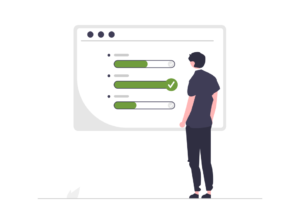
Challenges Involved in B2B Customer Segmentation
Even though there is a lot of clarity these days about B2B customer segmentation, it still poses a number of challenges once you get underway with the process. Let us look at a few B2B customer segmentation challenges.
- The decision-making is complex as there are a number of variables involved. Eg, technical experts, board members, production managers, products, etc.
- B2B products are more complex than B2C, so to segment them properly, you need to look at a 360-degree angle.
- B2B target audiences are a small set, so you need granular data to improve your odds.
- You need to create personal relationships in B2B marketing. It is not always easy, as business decision-makers are difficult to build personal relationships with.
- Since they are long-term buyers, B2B decision-makers take a long time to decide, thereby increasing the duration of the sales cycle.
- B2B markets have fewer behavioral and needs-based audience segments.
Importance of B2B Segmentation
Each of the customer segmentation types has its own set of pros. Let us look at why customer segmentation analysis is an important part of a business activity that cannot be taken for granted.
-
- It is used to improve customer retention. Customers who feel that their issues are handled well will report satisfying experiences and are more likely to stay with you.
- Improves your business focus as you will target only a handful of clients.
- Segmentation requires you to keep a clean database. That will help in finding trends and common characteristics that you might have overlooked.
- Proper segmentation enables you to consistently meet the demands of your B2B clients, thereby increasing your revenue in the process.
- Customer segmentation will give you enough firepower to work on newer products as you understand their problems and pain points even more deeply.
- When you learn more about your customers, you will also become familiar with the types of information sources that they regularly consume, and it will enable you to provide them with a better experience.
- You will find new markets to spread your business.

Best Practices for Conducting a B2B Customer Segmentation
In a segmentation project, there are a number of principles that you have to clearly follow if you want to get the maximum benefits out of this. Below are some of the best practices for B2B customer segmentation.
- Be flexible about the type of segmentation that you want to indulge in
- In segmentation, change management is important. So make sure that you have the leadership buy-in before beginning your work in this
- Before you start working on the segmentation, make sure that you review the data that is already available to you.
- Make use of Surveys to do enough market research and gather data.
14-day free trial • Cancel Anytime • No Credit Card Required • No Strings Attached
- Your objective should be to have granular data about your customers so that you can make your segments as refined as possible.
- Do not just interview your customers for the segmentation exercise; involve your prospects, too
- Once you have decided on the various segments, educate the internal stakeholders to understand and recognize the segments
Conclusion
B2B marketing is a demanding activity, and there are a number of variables involved. If you want to get your marketing right, then it starts with how you segment your target audience. In this article, we have discussed 10 B2B customer segmentation models. Each of them has its own advantages, but you need to choose the one that fits your business objectives. The first task a marketer should do for any kind of business, is customer segmentation. There are differences between B2B and B2C segmentation, but the core idea is the same — dividing customers into groups based on a number of variables for better targeting. Choosing the right segmentation type for your business is almost like half the job done when it comes to your business’s marketing strategy. If you are looking for an online survey tool to ask questions to segment your B2B customers, then do not look further than SurveySparrow. It has a variety of features that will make you get the most bang for your buck. Get in touch with us to understand how our tool can help you segment your B2B customers.

Explore Deeper Customer Insights with SurveySparrow
A personalized walkthrough by our experts. No strings attached!

Thousands of brands trust SurveySparrow to turn feedback into growth. Try it free today!
Kate Williams
Excels in empowering visionary companies through storytelling and strategic go-to-market planning. With extensive experience in product marketing and customer experience management, she is an accomplished author, podcast host, and mentor, sharing her expertise across diverse platforms and audiences.
Related Articles

Others
How to Use Power BI Apps to Level Up Your Game
12 MINUTES
8 November 2021
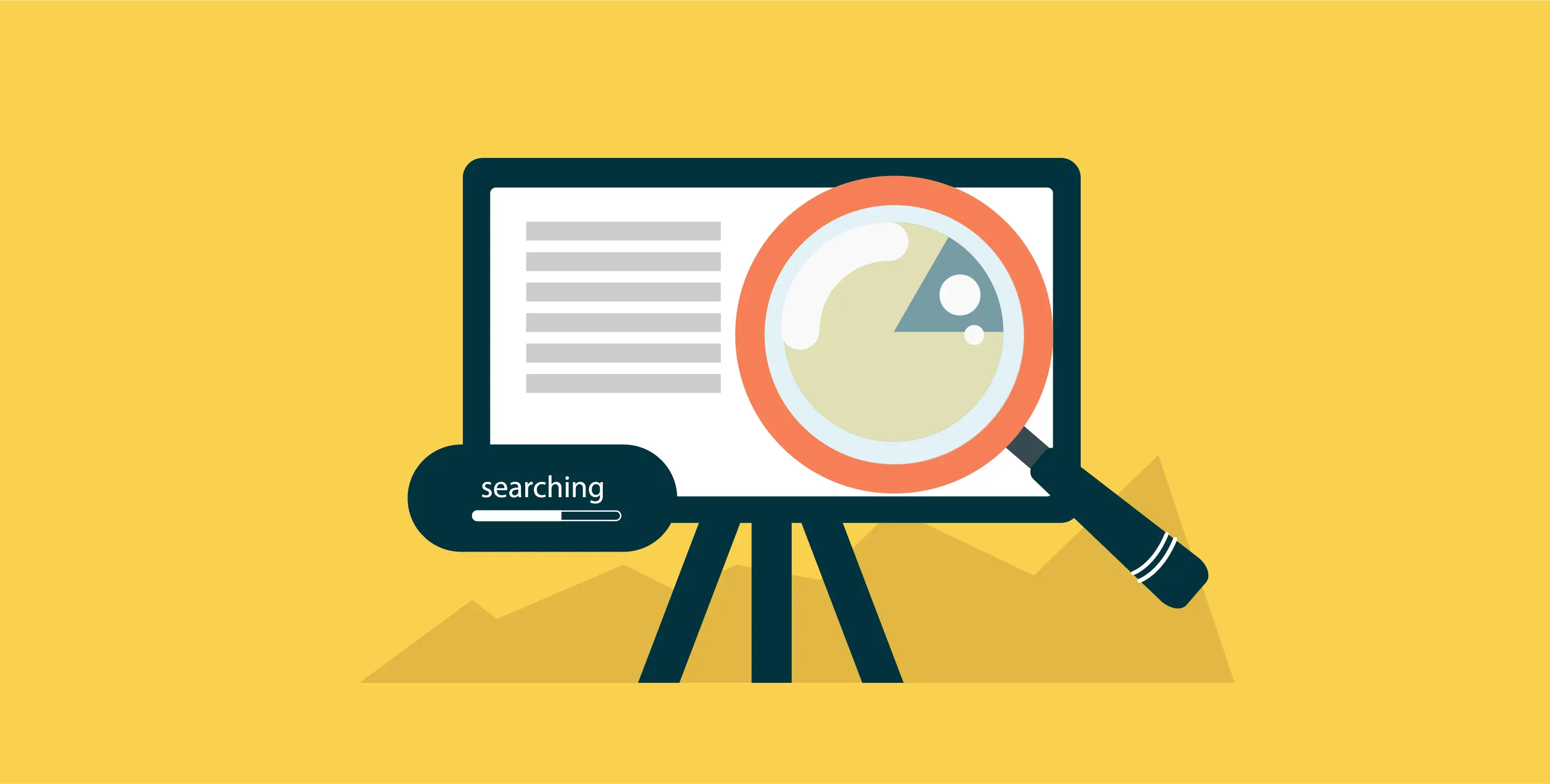
Others
Descriptive Research 101: Definition, Methods and Examples
9 MINUTES
9 December 2021

Others
How to Write a Resume to Grab your Dream Job
8 MINUTES
2 September 2020

Others
Free DocuSign Alternatives in 2024! (Free Tools with Features)
6 MINUTES
2 October 2024
